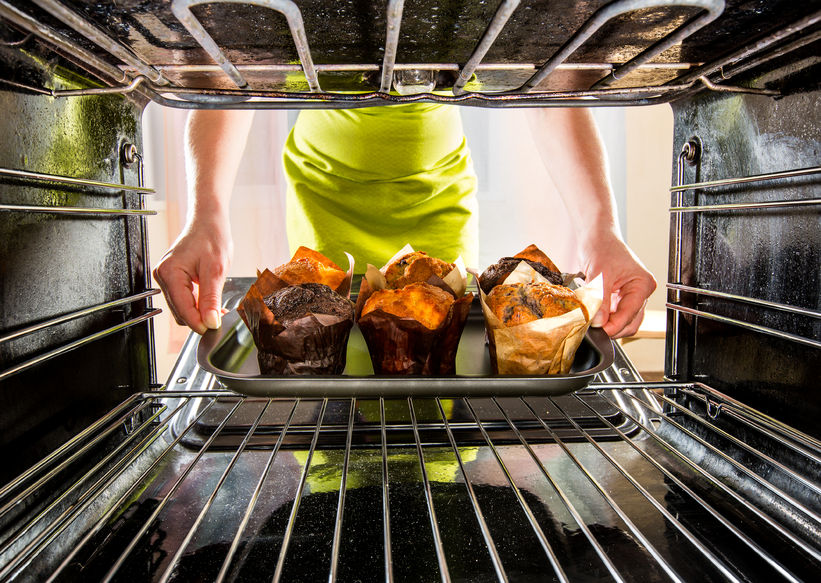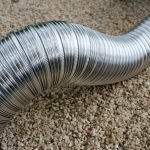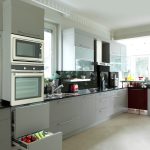“I’m just not a good cook!” is an all-too-common refrain, but kitchen failures are often more about your oven than your skills as a chef.
Oven temperatures vary and are influenced by the age of the oven, the quality of insulation, room temperature, atmospheric pressure and humidity. It’s not unusual for an oven to deviate by 20-30% or more from the indicated temperature, and that can doom the culinary attempts of even the best home cooks. The good news is that you can recalibrate your oven for reliable temperature and better results.
Test First
A reliable stainless-steel oven thermometer can be purchased for under $10 online and in cooking stores. Set the oven to your most frequently used temperature (350 degrees if you roast more frequently or 425 degrees if you bake) and place the thermometer at the center of the oven. When the oven indicates it has reached the desired temperature, write down the thermometer reading. Keep the oven on and take three additional readings at 20-minute intervals. All oven temperatures fluctuate slightly, so these readings will allow you to calculate an average temperature to compare to the setting you chose. If the average is off by more than 10 degrees above or below the desired temperature, you should recalibrate.
Recalibration Procedure
If you still have the oven’s instruction manual or can find it online, look there for calibration instructions. If not, try the following:
Ovens with Manual Dials — Set the oven, and when it indicates the desired temperature has been reached, pull the dial off of the stem. On the back of the dial you’ll see a movable plate held in place by a “set screw” that determines the dial position on the stem. Loosen this screw and slide the plate to position your testing average temperature in the index position when the dial is replaced. This may take a little trial and error, but will ensure an accurate heating the next time you cook.
Digital Ovens — Digital controls vary by manufacturer, but most have a “settings” control with some form of temperature adjustment. This command allows you to adjust the temperature reading up or down by the amount that your average varied from the indicated temperature.
Oven calibration won’t guarantee you’ll get your own cooking show, but it can give you a fighting chance to make your next kitchen adventure a success!
Of course, sometimes ovens break down and need to be repaired. When this happens, a home warranty from American Home Shield can help get you cooking again quicker and protect you from expensive out-of-pocket repair costs. Find out more about the benefits of a home warranty.




